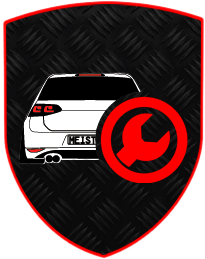BRAKE FLUID POWER BLEEDING
Volkswagen ABS Brake Fluid Bleeding Renton, WA
In this tutorial we will be going over bleeding the brake fluid system in a 1999 VW B5 Volkswagen Passat. There is one special tool you will need to do this, a VAG-COM VCDS by Ross Tech. This is the go to for a Volkswagen scanning tool. They typically run about $300-400 for the full version. There are a few other brands of scan tools you can use like Launch Pad, but the VCDS system works the best.
On this Volkswagen Passat, the VCDS is very easy to use. Sometimes accessing the controller is done though either ‘Basic Setting’ or ‘Adaptation’ as mentioned in the video.
About Ross-Tech:
Ross-Tech, LLC is located in Montgomery County, Pennsylvania. We provide diagnostics solutions for VW, Audi, Seat, and Skoda automobiles through our principal product, VCDS.
VCDS and VCDS-Mobile will work with most Volkswagen and Audi models sold World-Wide 1994 through the current model year. It will work with some cars all the way back to model year 1990. It will also work with most late-model SEAT, and Skoda models sold in markets other than North America. If your VW or Audi has a 16-pin “OBD-II style” Data Link Connector, VCDS will definitely work. If your car has the old “2×2” Data Link Connection, check if there is a wire going to each pin, as shown in the picture. If there are four wires, VCDS should work with any diagnostics-capable modules that are present. If there are only three wires, then nothing in the car is diagnostics-capable.. Please see these Application Charts where you can select your model and see which modules can communicate with VCDS. Also see the Issues page for a few things that may not work as expected.
You can call us any time to get your brake fluid bleed in Renton, WA. We are located next to The Renton Landing at 618 Park Ave N., 1 block south of Dicks Sporting Goods, Petsmart, Fry’s and Target. We are right across from the Boeing corporate building and the Boeing Store. Easy access to theI-405 freeway off Exit 6 & minutes from I-5. E-mail or call us anytime at 425.254.0627 to schedule an appointment. Volkswagen ABS brake fluid bleed Renton.


